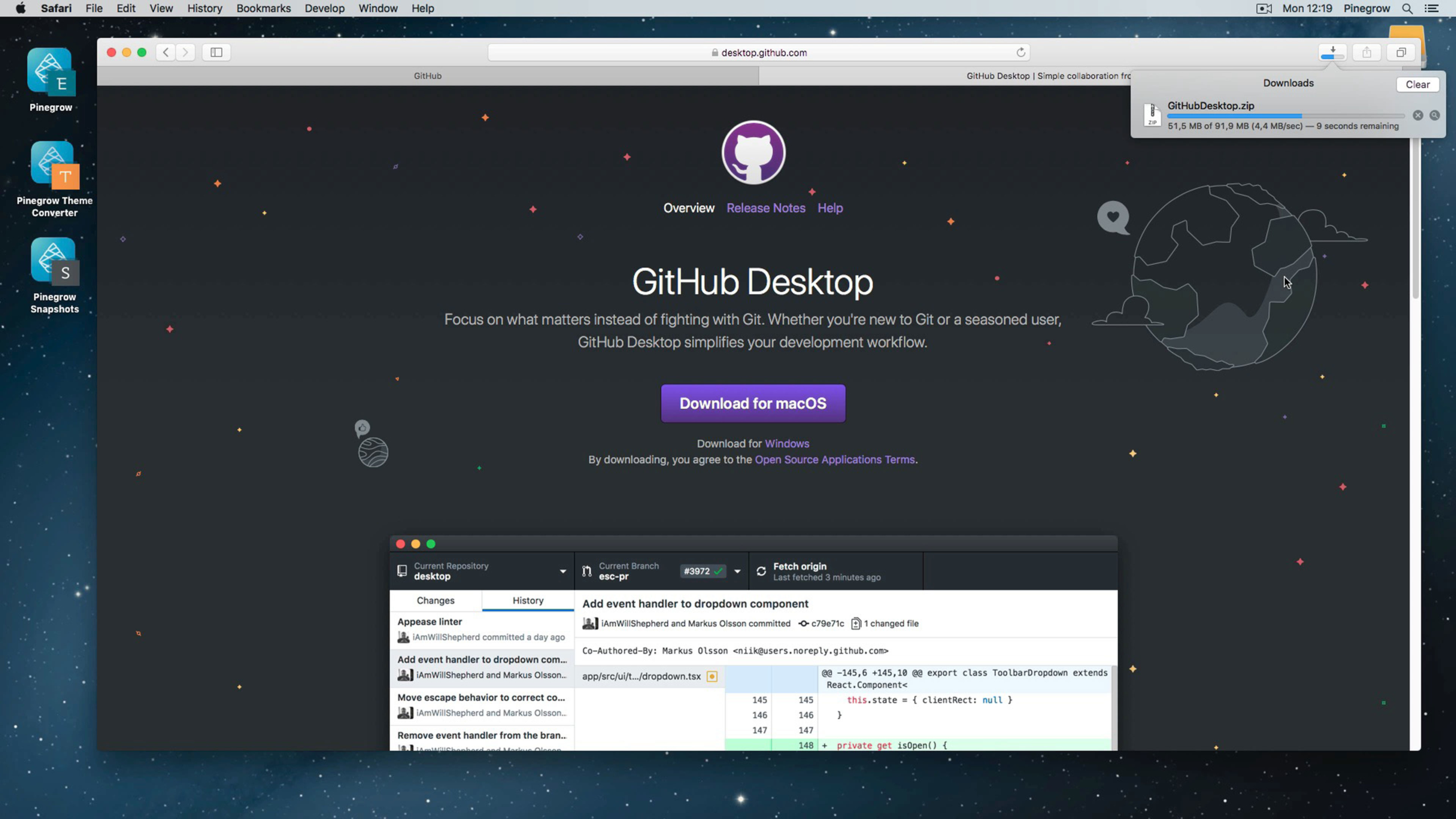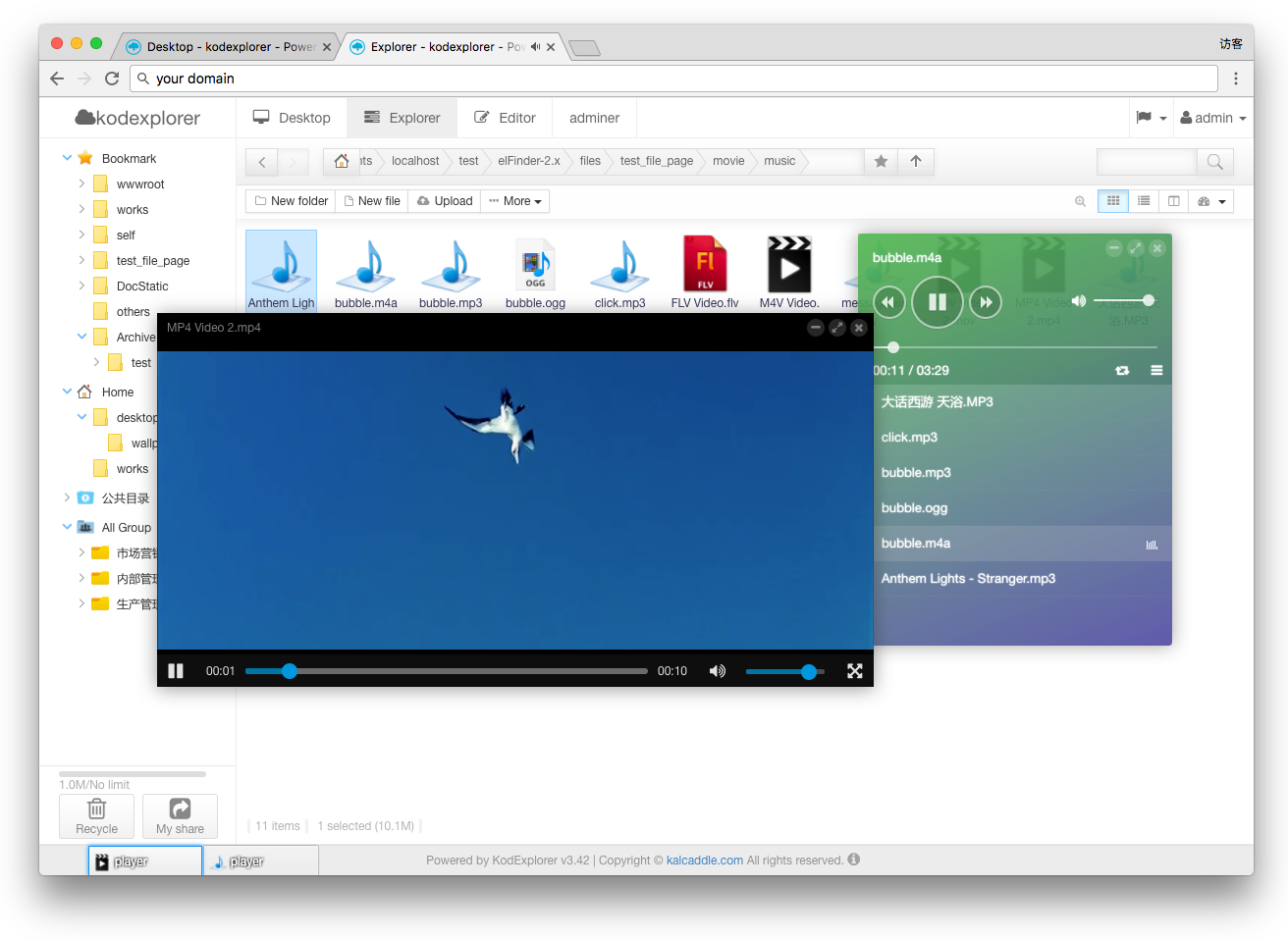

A release clears the cache and ensures that the latest version of your extension will be loaded (this feature is still rolling out to some targets, so double check that it is supported in your editor). ReleasesĪfter committing your changes, you will have the option to create a release of your extension. For the TypeScript compiler it doesn’t matter if you use one big file or a bunch of smaller ones.

This is mostly to help keep the project organized. There’s also another button next to the GitHub sync - you can use it to add new files to the project. You can view a history of changes by following the version number link on the Project Settings page. There’s really no distinguishing between a commit, push, and pull - it all happens at once in the sync operation. Commits without bump are generally not accessible to most users, so they are mostly for you to keep track of things.
#Github web editor upgrade#
Similarly, if there is a newer bumped version, a little upgrade button will appear next to the extension. When your extension is first referenced, the latest bumped version is used. This is a signal that the version you’re pushing is stable and the users should upgrade to it. When describing changes, you are also given an option to bump the version number. Try to write something meaningful, like Fixed temperature reading in sub-freezing conditions or Added mysensor.readTemperature() function. If there are changes, you will be asked for a commit message. If there are, it will create a commit, pull the latest changes from GitHub, merge or fast-forward the commit if needed, and push the results to GitHub. The button will check if there are any pending changes to check in. This is done with a little GitHub sync button on top of the Explorer. Whenever you get to a stable state, or just every now and then to keep history and insure against losing your work, push the changes to GitHub. Once you have your repo set up, edit files as usual. As a workaround, create a new project and copy/paste the contents of the main.ts file. Note that this might overwrite your existing files.Ĭurrently, there is no way to push an existing project into GitHub. If you import a non-empty repo without the pxt.json file, you will be asked if you want it initialized.

If you import a completely empty repo, or create a fresh one, MakeCode will automatically initialize it with pxt.json and other supporting files. URLs, which is useful if you can’t find your repository in the list (especially organizational repos), or as way to search the list faster using a copy/paste of the URL. Additionally, the Import URL option will now support. Now, the dialog that comes up after you press the Import button will have an additional option to list your GitHub repositories or create a new one. Once you’ve logged in, go back to the home screen. You’ll need to paste in a token again for each editor you use (micro:bit, Circuit Playground, etc.), though you can use the same token for all of them. Follow the instructions and paste the token into the dialog. A dialog will appear asking you to generate a GitHub token. If there’s no link in your editor, try using its /beta version. At the bottom, there should be a link to log in to GitHub. To do that, open any project, go to the Gear Wheel menu on top, and select Extensions. Once you have your account, you’ll need to tie the MakeCode web app to your account.
#Github web editor code#
GitHub is the largest host of source code in the world, with over 30 million users. GitHub account and repoįirst, you need a GitHub account if you don’t have one yet. Instead, you can create extensions and publish them to GitHub directly from the web app, without ever touching command line or installing anything. Until recently, extension authoring required usage of command line tools ( npm and git, along with the required npm packages), which could present quite a barrier to aspiring extension writers. Extensions first need approval to surface in search but, unless they are banned, can be loaded without approval by providing an exact URL. These extensions can even introduce their own user interface in the editor. From the beginning of MakeCode, a facility was provided to extend the editor with user extensions hosted on GitHub.


 0 kommentar(er)
0 kommentar(er)
